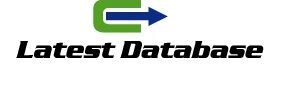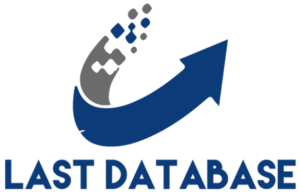Depending on business analysis your industry, the role of business analytics is either a hot topic or something you’ve probably never heard of. Whether you’re new to the world or a seasoned professional, it’s important to understand everything there is to know about business analytics. It’s not as boring as it sounds — analytics helps businesses analyze their data and make smart decisions based on that data. In other words, analytics is a way for businesses to analyze their data and use that information to make business analysis smart decisions about their future. Business analytics involves collecting and analyzing data from many different sources to make informed decisions about how to move your business forward. Let’s take a look at what it means when someone mentions business analytics and get an overview of the most common concepts behind it.
What exactly is business analysis?
At its core, business analytics is about extracting insights from your data. Whether your business is an online retail store, a travel booking site, or in some other industry, you likely have data about your customers, products, finances, and other important factors that can inform your decisions in the future. Business analytics uses data to help businesses make better decisions. It’s not a single product or service; it’s an end-to-end solution that brings together data and information management to achieve your business goals. The goal of business analytics is to collect and analyze data from multiple sources and put it into a format that can be easily interpreted and reported. It enables companies to understand their customers, products, and finances in order to make better strategic business decisions. Business analytics can be applied to virtually any industry, from healthcare to telecommunications.
Data Collection, Analysis and Interpretation
The first step to understanding business analytics is understanding where your data comes from. Depending on your business, you may have some or all of it at your fingertips.
Now, which data c level contact list sources are important for your business depends on your specific industry, but every business needs to start with the basics.
Analytics can be applied to virtually any industry, from healthcare to telecommunications. It enables companies to understand their customers, products, and finances to make better strategic business decisions.
Data Types in Business Analytics
Depending on your industry, you may have very different types of data at your disposal. Data is your most valuable resource and can be divided into several categories, including transactional data, customer kristine henry-simmons manager data, and financial data. Transactional data – This refers to data related to your sales and transactions. This can include details like product information, prices, quantities, and other tidbits. Customer data – This refers to data related to your customers. This data can include information about their demographics, purchasing habits, preferences, etc. Financial data – This refers to data related to your finances. This data can include information about your revenue, expenses, profits, and other financial information.
Data cleaning and quality control
Now that you know what types of data you have at your disposal, it’s time to start cleaning it. Data is your most valuable resource, but it can easily become useless if it’s not organized and formatted properly. You’ll want to cmo email list ensure that your data is clean, consistent, and error-free. This process is known as data cleansing, and it’s essential to ensuring that your data is valuable and usable. Certain types of data may be easier to clean than others. For example, transactional data may have inconsistencies, such as typos or incorrect information. Customer data, on the other hand, can be more difficult to clean. This type of data may include names, addresses, emails, etc., which need to be standardized in order to be useful.
Predictive Analysis and Forecasting
Now that you’ve collected and organized your data, it’s time to use it to make some smart business decisions. Predictive analytics is the process of using data to predict future outcomes. What kind of data do you need to perform predictive analytics? You’ll likely want to focus on customer data to predict future purchasing patterns and product demand, as well as financial data to forecast future revenues and expenses. You can also use predictive analytics to identify potential risks and issues with your business. By analyzing your data, you can anticipate issues before they arise and fix them before they become major problems.
Using data to help your business grow
Business analytics are a great way to understand your customers and make smart decisions based on their preferences. But what if you want to grow your business? That’s where predictive analytics can come into play. What you do with the data you collect and analyze will determine the success of your business. You can use your data to decide how to market your products and services, how to price your products, when to hire new employees, and more. With the right data, you can make the right decisions that will help your business grow.
Looking to the future
Business analytics is a powerful tool that can help companies understand their customers and make smart decisions based on the data they collect. From product demand to future financial gains, data can be used to make informed choices that will help your business grow. With the right data, you can make the right decisions that will help your business grow. Whether you’re expanding your product line or increasing your marketing budget, business analytics can help you make informed choices that will positively impact your bottom line.






